Arlington, Va. – The Aerospace Industries Association (AIA) today published a revision converting the implementation guidance to a standard practice for the use of Remote Surveillance Technologies (RST). This revision, NAS413, Revision 1: Remote Surveillance, applies a risk-informed approach to realizing the effectiveness and benefits of using RST to conduct a variety of quality assurance activities remotely.
“U.S. aerospace and defense manufacturers are committed to maintaining the gold standard of quality, safety, and efficiency that our industry is known for. This revision ensures that industry is utilizing RST to continue to achieve these high marks with government support and accountability,” said Chris Carnahan, Associate Vice President of Standards at AIA. “We appreciate the work and critical input of AIA’s Quality Assurance Committee, and the help of our government partners in NASA, the Federal Aviation Administration, and the Defense Contract Management Agency and Defense Logistics Agency within the Department of Defense who made this revision possible.”
“We learned during the worldwide pandemic that RST provides us an innovative solution for many quality engineering and assurance tasks. RST creates solutions for mission execution challenges such as constrained budgets, demanding schedules, and higher competition for a limited STEM workforce, if applied in a risk-informed manner,” said Jeannette Plante, NASA’s Quality Assurance lead in the Office of Safety and Mission Assurance.
NAS413, Revision 1: Remote Surveillance provides industry with a set of requirements that consider risk and mitigation when designing and using RST processes and quality management system (QMS) controls for a specific set of objectives and conditions (i.e., use case). An output of this standard is an RST Plan where these considerations and controls are documented. The elements of risk that must be considered generally define the use case such as: stakeholder parties (sender and receiver of images or data), type of assurance or technical consultation activity to be achieved, the complexity of the target hardware or process (e.g., printed circuit board vs aircraft), RST equipment to be used and image quality required, process and workflow elements, personnel safety and hardware preservation, and data security. Standard QMS controls are to be applied such as configuration management, personnel training and competency, equipment maintenance, and change control. A MSExcel-based tool is available as a companion to the standard to help users fully address the relevant risks and to understand their severity. While there is significant demand for the use of RST for supplier oversight (e.g., auditing, witnessing an operation, inspecting hardware), use cases can include activities between parties within the same company where there is a benefit to engaging with a party who is not physically in the same location as the hardware. The change from a guidance document to a requirements standard provides advantages to customers who would like to flow it down into their supply chain via contracts.
The revised standard is available for purchase here.
AIA develops and establishes standards within a consensus process that meets the approval requirements of the AIA procedures and regulations. The National Aerospace Standards (NAS) are voluntary standards developed by the aerospace industry. Subject matter experts from AIA member companies participate in committees and working groups to develop and maintain the NAS library, which currently contains over 1300 active standards. These standards cover a wide variety of subject areas. Descriptions of AIA councils and committees are available here, and more information on the standards development process is available here.

